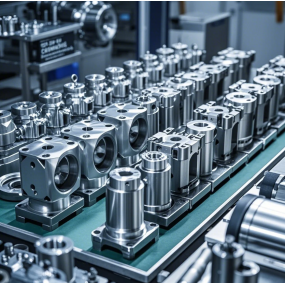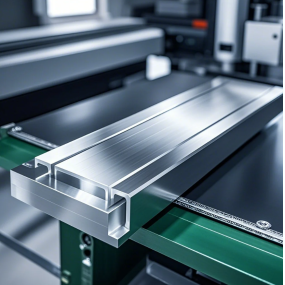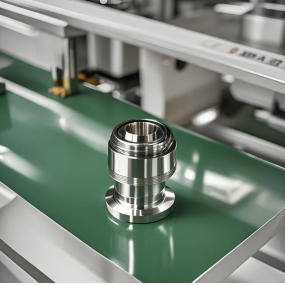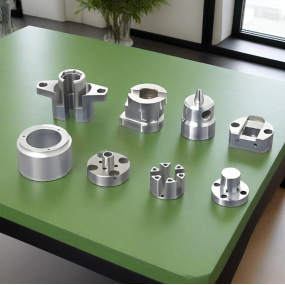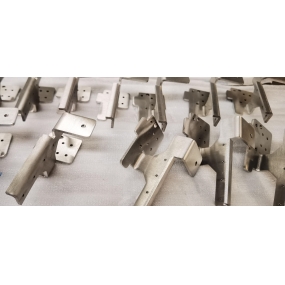Shaft machining is a common mechanical processing technique, mainly used for machining various types of shaft parts, such as bearing shafts, motor shafts, transmission shafts, etc. The process flow of shaft machining includes the following steps:
Step 1: Material preparation. Firstly, select suitable materials for processing. Generally, high-quality alloy steel or stainless steel materials are used for shaft parts.
Step 2: Design and draw. Conduct detailed design drawings based on component engineering drawings, including requirements for dimensions, shapes, tolerances, etc.
Step 3: Cutting and forging. Forge the selected material by cutting it into appropriate sized blanks to prepare for subsequent processing.
Step 4: Rough machining. Using lathes, milling machines, and other equipment to perform rough machining on raw materials, including turning, milling, drilling, and other processes, to preliminarily shape the parts.
Step 5: Precision machining. Precision machining of parts is carried out through equipment such as grinders, planers, boring machines, etc., to improve machining accuracy and surface quality.
Step 6: Heat treatment. Heat treatment of processed parts, including quenching, tempering and other processes, to improve the hardness and wear resistance of the parts.
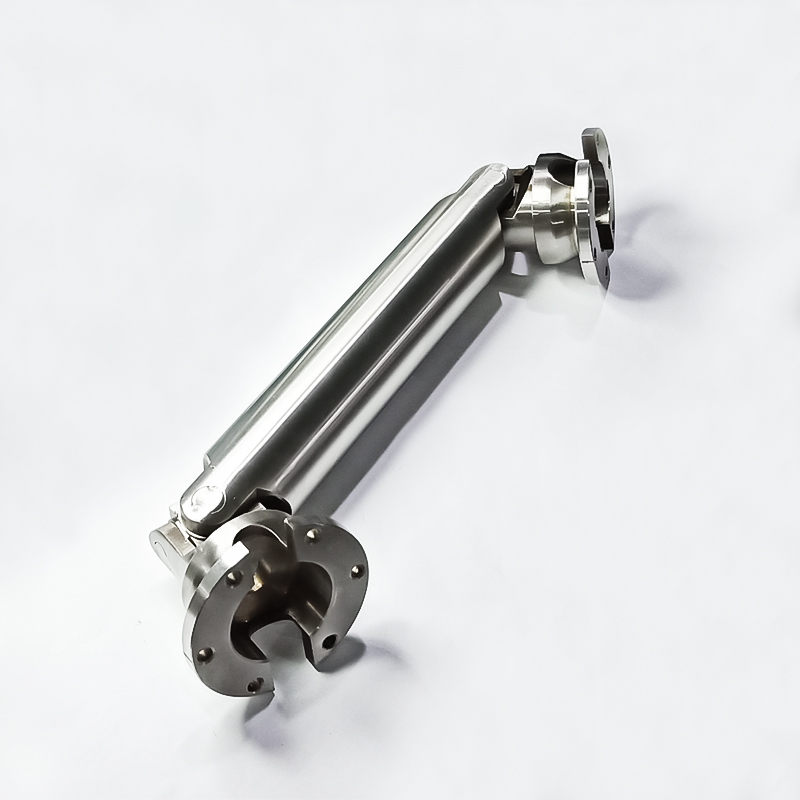
Step 7: Surface treatment. Surface treatment of parts, including chrome plating, spraying, polishing and other processes, to improve their corrosion resistance and aesthetics.
Step 8: Assembly inspection. Assemble each component according to the requirements of the engineering drawings, and then conduct inspections to ensure that the dimensions and functions of the components meet the requirements.
The above is the process flow of shaft machining, and each step is crucial. Only by doing each process well can we ensure the production of high-quality shaft parts.


 Spanish
Spanish Arabic
Arabic French
French Portuguese
Portuguese Belarusian
Belarusian Japanese
Japanese Russian
Russian Malay
Malay Icelandic
Icelandic Bulgarian
Bulgarian Azerbaijani
Azerbaijani Estonian
Estonian Irish
Irish Polish
Polish Persian
Persian Boolean
Boolean Danish
Danish German
German Filipino
Filipino Finnish
Finnish Korean
Korean Dutch
Dutch Galician
Galician Catalan
Catalan Czech
Czech Croatian
Croatian Latin
Latin Latvian
Latvian Romanian
Romanian Maltese
Maltese Macedonian
Macedonian Norwegian
Norwegian Swedish
Swedish Serbian
Serbian Slovak
Slovak Slovenian
Slovenian Swahili
Swahili Thai
Thai Turkish
Turkish Welsh
Welsh Urdu
Urdu Ukrainian
Ukrainian Greek
Greek Hungarian
Hungarian Italian
Italian Yiddish
Yiddish Indonesian
Indonesian Vietnamese
Vietnamese Haitian Creole
Haitian Creole Spanish Basque
Spanish Basque

